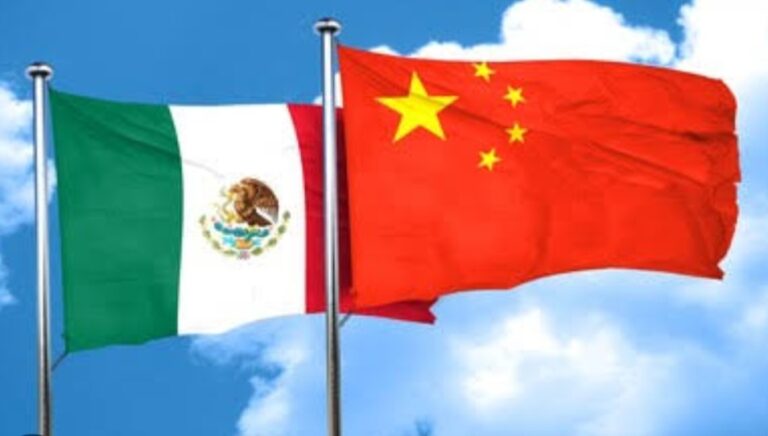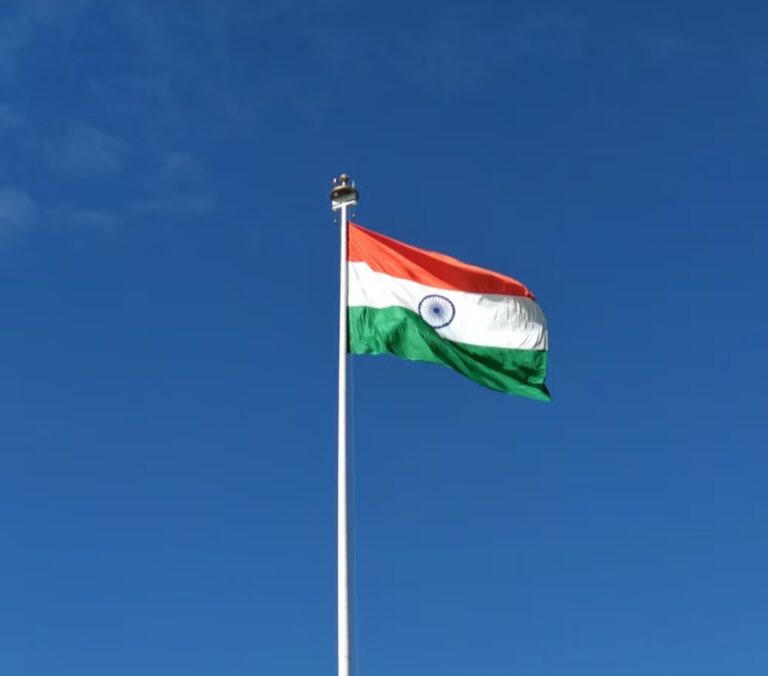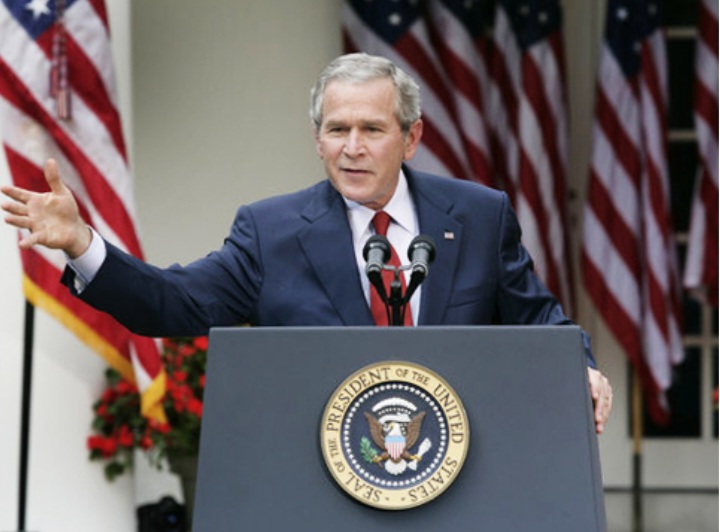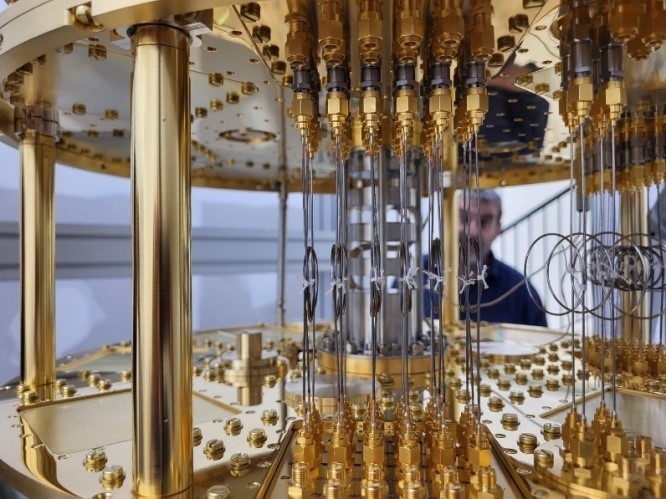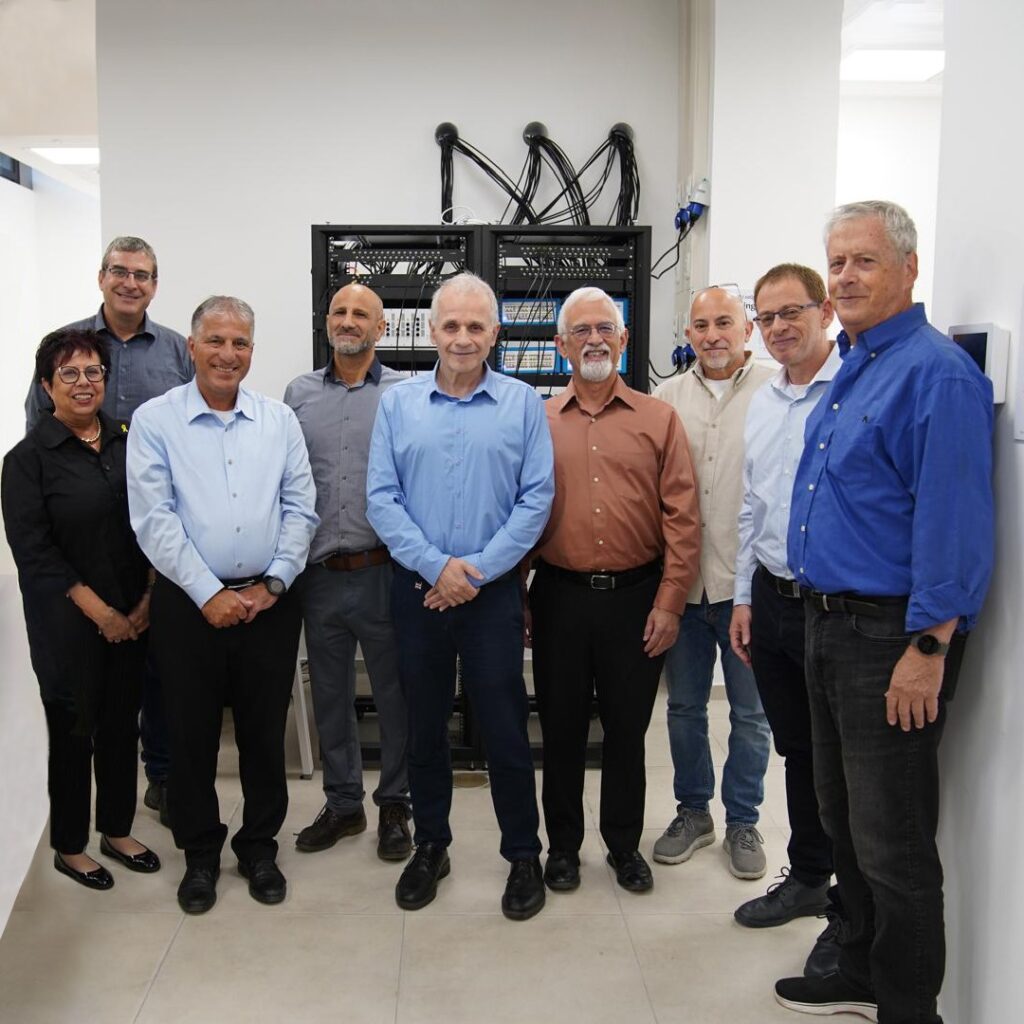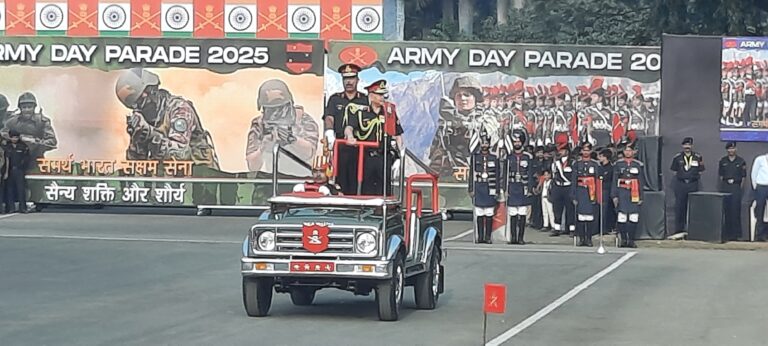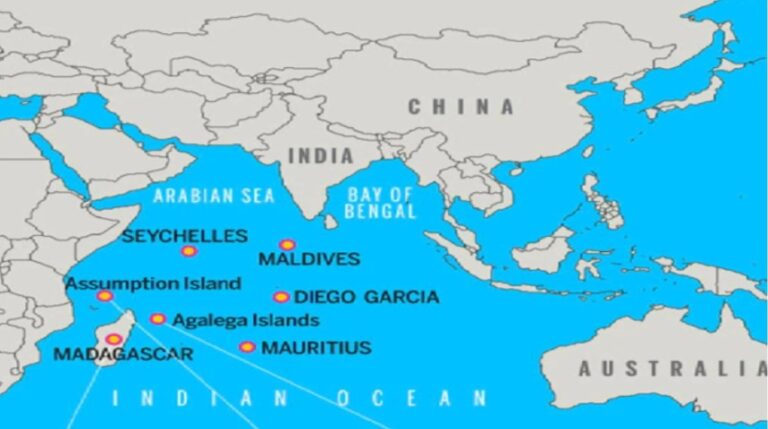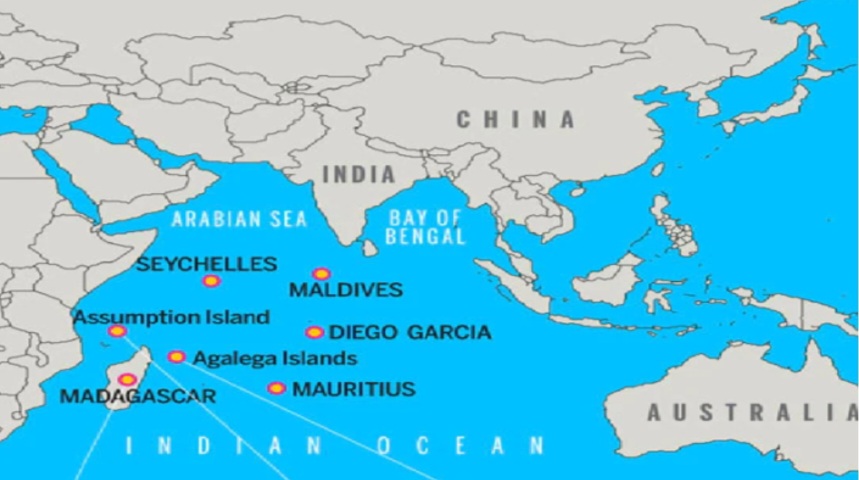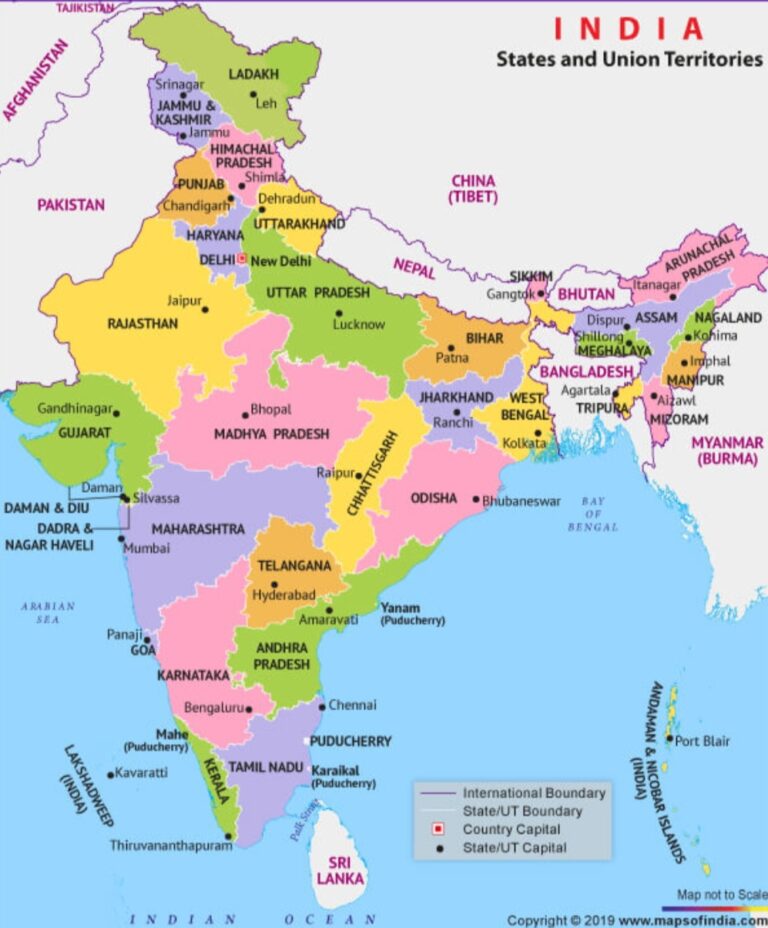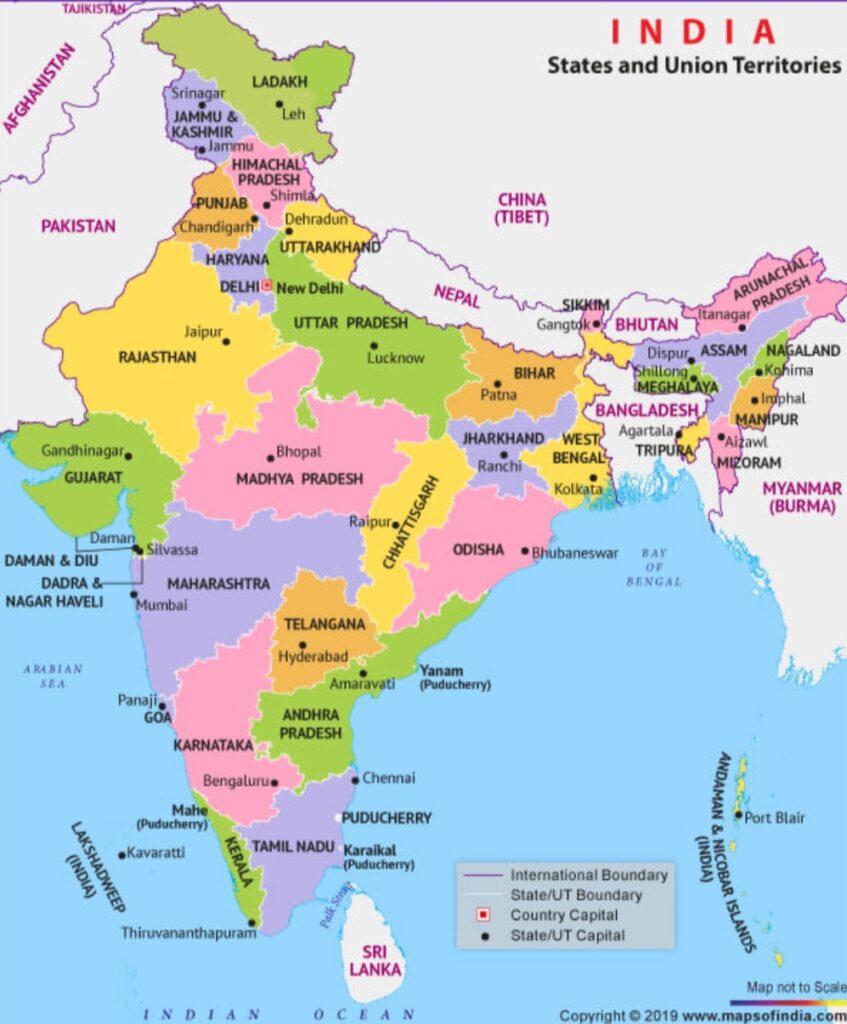By: Manvi Banta, Research Analyst, GSDN

“One can change friends, but one cannot change neighbors”: This quote from a former Indian prime minister applies to China and Japan as well. Given their geographical proximity, both countries have a pressing need to find ways to cooperate and coexist. Chinese Foreign Minister Wang Yi reiterated that China-Japan relations are at a “critical stage.” The contentious issues like the detention of Japanese nationals in China, limits on semiconductor exports, and China’s import ban on Japanese seafood.
The bilateral relationship has long been plagued by wartime crimes, but amid strategic maneuverings, diplomacy between these two Asian superpowers has become more complicated. China and Japan are currently embroiled in a number of conflicts, including the territorial dispute over the Senkaku/Diaoyu Islands, a constant source of tension. Their relationship is also strained by economic challenges, such as China’s prohibitions on importing Japanese seafood after the release of nuclear wastewater from Fukushima, and Japan’s export limits on semiconductors. Geopolitical alignments further heighten tensions. China’s worries about regional security dynamics are compounded by Japan’s close links to the United States.
The relationship is complicated and deeply influenced by history, including Japan’s invasion of China and the war crimes carried out during that conflict, such as the Nanjing Massacre. The past still affects perceptions and interactions between the two countries. Japan has failed to fully address and acknowledge its wartime crimes, irking the Chinese people.
China raises continuous objections to the visits and offerings made at Tokyo’s Yasukuni Shrine, which commemorates 2.5 million Japanese war dead – including 14 wartime leaders convicted as war criminals. On the anniversary of Japan’s surrender in World War II, Japanese Prime Minister Kishida Fumio sent an offering to Yasukuni and several members of his Cabinet, including Defense Minister Kihara Minoru visited the shrine. In response, China “lodged serious protests to the Japanese side” over what Beijing called “an erroneous attitude towards historical issues”. China urges Japan to honor its commitment of recognizing and reflecting on its history of aggression, stay prudent on historical issues such as the issue of the Yasukuni Shrine, make a clean break with militarism, stick to the path of peaceful development, and take concrete actions to earn the trust of its Asian neighbors and the international community.
Despite a deeply contentious past, China and Japan have engaged economically as well as diplomatically for over 50 years. After the normalization of Sino-Japanese relations in 1972, four major documents were signed that serve as the cornerstone of their relations: the China-Japan Joint Statement of 1972, the China-Japan Treaty of Peace and Friendship of 1978, the China-Japan Joint Declaration of 1998, and the China-Japan Joint Statement on the Comprehensive Promotion of a Mutually Beneficial Relationship Based on Common Strategic Interests issued in 2008.
Over the years, Japan has contributed significantly to China’s modernization, particularly in the 1970s and 1980s through investment, technological transfer, and economic aid. These periods of cooperation boosted economic growth in both countries and also stabilized their relations, fostering a level of interdependence. Further strengthening their economic ties, the countries integrated their economies through trade, investment, and regional initiatives like the ASEAN Plus Three framework.
However, trade and technology have become a point of ongoing tension between China and Japan. For example, Japan had announced export restrictions on 23 types of semiconductors manufacturing equipment, aligning with U.S. policy. Although Japan did not explicitly target China, this move – which requires manufacturers to obtain export clearances for every region – is anticipated to impact Chinese companies’ access to cutting-edge chipmaking technologies.
Japan’s action of stopping shipments of semiconductor manufacturing equipment made by companies such as Nikon Corp and ASML Holdings bolsters the U.S. strategy to curtail China’s technology sector. This decision was aimed to stop China from manufacturing advanced chips that would improve its military capabilities. Considering the importance of semiconductors to China’s economic and technological advancement, restrictions on this sector would significantly impact a number of industries, including electronics, automobiles, and telecommunications.
In addition, China’s concern over Japan’s release of treated wastewater from the Fukushima nuclear facility led to a ban on all Japanese seafood imports in 2023. Along with affecting Japan’s seafood industry, the ban emphasizes the fragility of trade relations between the two nations.
Despite these challenges, China and Japan remain economically intertwined. China stands as Japan’s largest trading partner, while Japan plays a crucial role as a major provider of technology and investment to China. In fact, China ranks as Japan’s third-largest investment destination, with direct investments reaching over 1 trillion yen (equivalent to US$ 9.2 billion) in 2022, marking a 4.4 percent increase from 2021. Both countries can enjoy economic incentives if they settle their differences amicably in order to prevent adverse effects. The primary challenge to their stability is striking a balance between security concerns and the economic advantages.
Japan comes under the security umbrella of the United States. The U.S.-Japan Mutual Security Treaty signed in 1951 ensures U.S protection to Japan in the event of an attack, enabling Japan to concentrate on its economic growth while depending on U.S. military support. This security partnership has grown even stronger, as pointed out by U.S. President Joe Biden and Japanese Prime Minister Kishida Fumio. The two leaders praised the “new era of U.S.-Japan strategic cooperation,” with an emphasis on enhancing military cooperation, working together to create modern defense technologies, and integrating their defense communication networks.
The bilateral relationship has long been plagued by wartime crimes, but amid recent strategic maneuverings, diplomacy between these two Asian superpowers has become more complicated. China and Japan are currently embroiled in a number of conflicts, including the territorial dispute over the Senkaku/Diaoyu Islands, a constant source of tension.
Japan’s action of stopping shipments of semiconductor manufacturing equipment made by companies such as Nikon Corp and ASML Holdings bolsters the U.S. strategy to curtail China’s technology sector. This decision was aimed to stop China from manufacturing advanced chips that would improve its military capabilities. Considering the importance of semiconductors to China’s economic and technological advancement, restrictions on this sector would significantly impact a number of industries, including electronics, automobiles, and telecommunications.
Focusing on the mission and responsibilities of ruling parties, both sides engaged in candid discussions on the important responsibilities and roles that the two countries should assume to maintain international order based on international law amid global upheavals. The ruling parties held in-depth discussions on enhancing mutual trust, expanding cultural exchange and deepening mutually beneficial cooperation. They agreed to adhere to the principles established in the four China-Japan political documents, following the direction of their leaders.
They pledged joint efforts to comprehensively advance the strategic, mutually beneficial relations between China and Japan, aiming to build a constructive, stable relationship that meets the requirements of the new era. They agreed to promote the implementation of the consensus reached by the two governments, accelerate communication and consultation, and address one another’s concerns in a proper manner. Both sides confirmed that they will continue to promote practical cooperation between the two countries through exchanges between ruling parties, and agreed in principle to hold the 10th meeting under the exchange mechanism in Japan this autumn.


